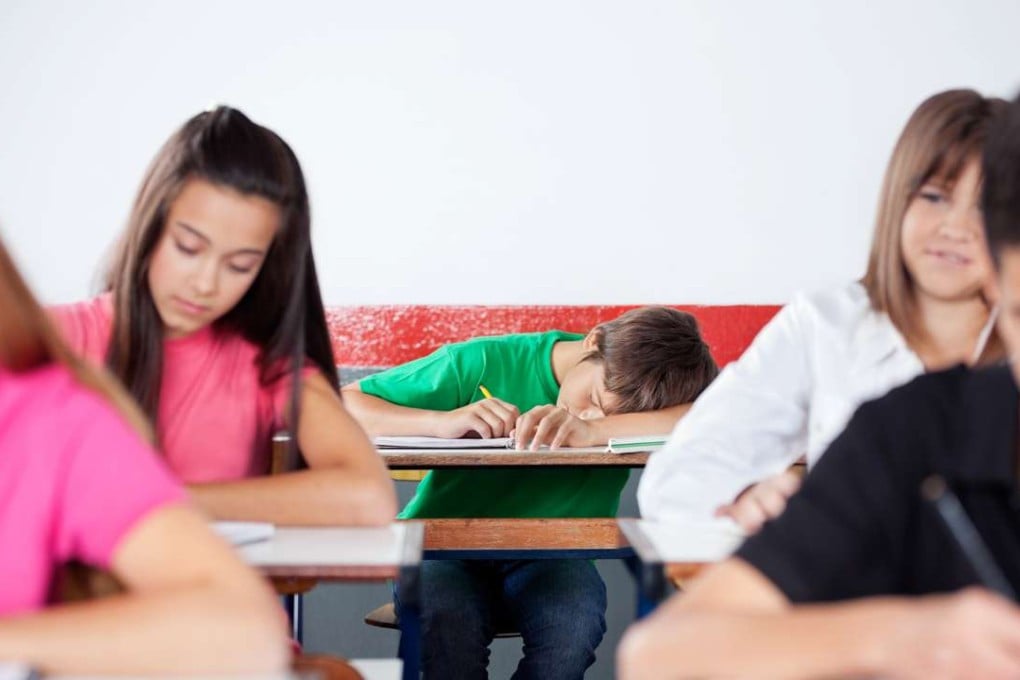Why a classroom that’s too warm tires you out, and the best study temperature
Students get the best results when the room temperature is 22 Celsius, research shows. So why do many Hong Kong schools make classrooms either too hot or too cold for optimum learning?

During the recent cold weather my Year Six son told me his classroom was so hot it made him sleepy. I understand that pupils need to be warm enough, but overheating classrooms surely can’t be helpful for their education?
Gone are the days when Hong Kong schools didn’t even have air conditioners, let alone reverse-cycle ones and heaters. Your son is highly likely to feel sleepy if his classroom is overheated. Warmer temperatures tend to make children feel tired and lethargic, and therefore they tend to become easily distracted and lose concentration.
Research shows, unsurprisingly, that temperature does have an affect on student attention span. Studies have indicated that lower classroom temperatures and improved air ventilation improve learning ability and student performance by as much as 10 to 20 per cent. Pupils working in classrooms with lower temperatures were shown to be more alert and able to work more quickly while making fewer mistakes.
A recent study in the US placed exam students in different rooms set at varying temperatures and the results confirmed that 22 degrees Celsius was the optimum temperature for gaining the highest results. The lowest results were when rooms were too warm. Other studies have yielded similar findings – vitally important information for secondary schools.
It is an intrinsic part of a school’s job to create the best possible learning environment for their students. We all need to feel comfortable in our work environment in order to be as productive and creative as we possibly can.

Another important factor to take into account is the seating position of individual children within classrooms giving points for teachers to consider when rearranging furniture and opening safety windows. For example, if hot or cold air is blowing directly onto pupils, this could certainly affect their comfort level and concentration.